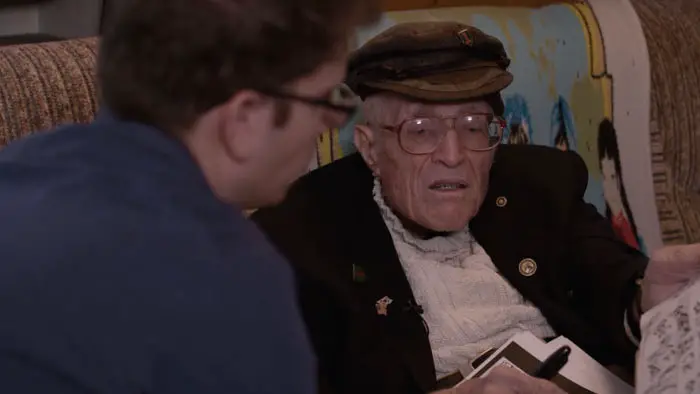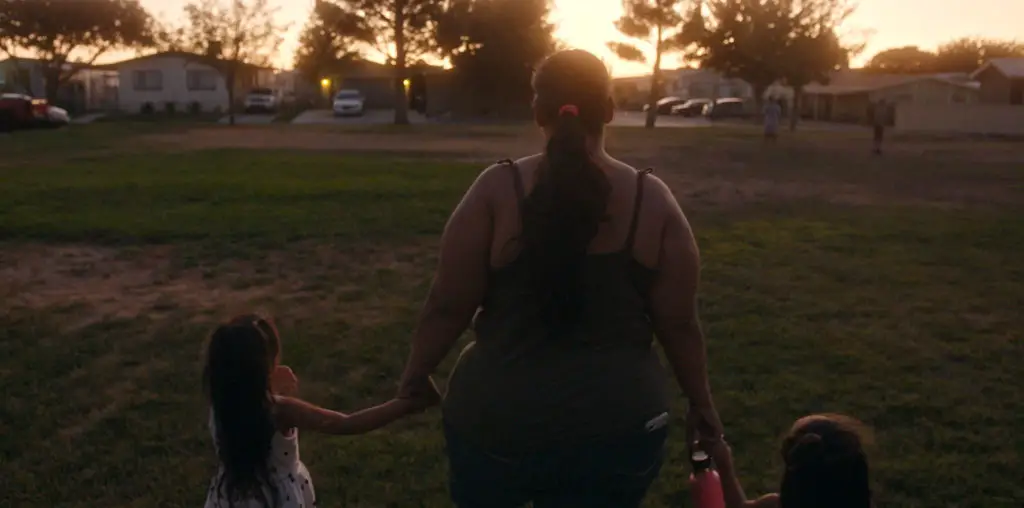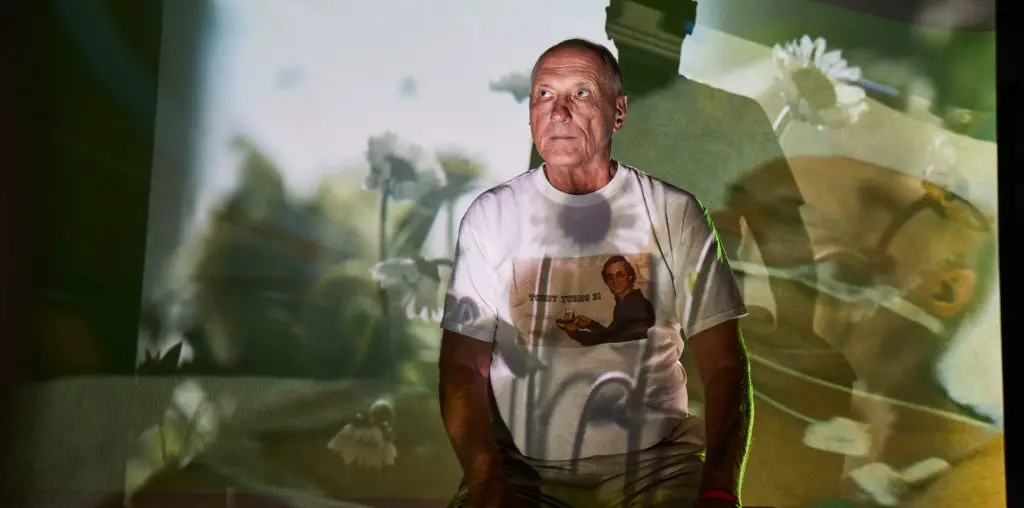
The Nathan of Nathan-ism refers to Nathan Hilu, a Jewish artist and a WWII veteran, who was charged with one of the most unbelievable and sinister jobs in the world and how that had a profound effect on his art. We had a chance to talk to Nathan-ism director Elan Golod about this incredible man and the task of capturing his life on film. We discussed the challenges Golod faced in getting Hilu to open up and the delicate nature of portraying a thoughtful artist against his experiences sitting with a form of evil each day.
Tell me the basic story behind Nathan-ism.
In the aftermath of World War II, a young 18-year-old Jewish soldier named Nathan Hilu, hailing from New York, found himself facing an extraordinary mission. He was entrusted with the task of guarding the most notorious Nazi war criminals at the Nuremberg trials. For a whole year, Hilu kept suicide watch while getting an up-close and personal look at these men and the horrors they committed. This exposure to humanity’s greatest evil served as Nathan’s coming of age.
Nathan’s experiences in the Nuremberg prison included escorting Hermann Goering to a Christmas service and chatting with Albert Speer through the grill in Speer’s cell door. It was Speer who actually encouraged Hilu to document everything he witnessed. “Keep your eyes open and write what you see here,” he told him. Hilu took it to heart. He became consumed by the memories, capturing them with raw sketches and notes done in vibrant pastels and Sharpies. It became his lifelong obsession, even into his 90s, and he amassed an extensive body of artwork dedicated to this life experience.
In this film, what begins as a peek at a unique witness to history grows into an absorbing study of the function of art as an archive and invention. Daring to question an artist’s story, “Nathan-ism” is a fascinating look at one man’s need to share truths with a world that doesn’t always want to listen.

“This exposure to humanity’s greatest evil served as Nathan’s coming of age.”
What led you to want to do a documentary about Nathan Hilu? Did you have a personal connection with his work?
When I came across an article about Nathan Hilu, I was immediately struck by the tension between his colorful, childlike art and the horrific subject matter. With the rise of antisemitism and Holocaust denial worldwide, I felt that seeing the impact of the Nuremberg trials through the unique perspective of a young Jewish American soldier was highly significant. Nathan’s vibrant artwork also afforded us a fresh visual language with which to tell a story related to the Holocaust.
Coming from Israel, I had my own experience serving in the military. And yet, despite that exposure and the understanding of the stakes involved, I couldn’t imagine what Nathan went through – first learning about the details of something as sweeping and traumatic as the Holocaust, even while being instructed to continually guard the very individuals who orchestrated those atrocities. This essential conflict between identity – his Jewish Identity – and duty drew me to Nathan’s story. As I started getting to know Nathan and filming him, I realized the film was not just about Nathan’s stories but about the nature of memory itself and about the importance of collecting individual memories as part of a larger collective history.



[…] Source link […]